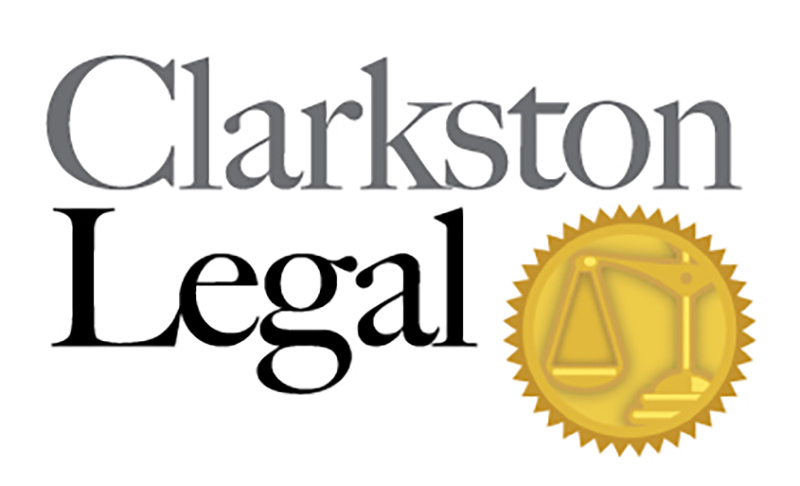The Veterans Administration and The Aid & Attendance Benefit
The VA provides a little known benefit called the Aid & Attendance benefit available to qualified veterans. The service requirements to qualify for this benefit include serving at least 90-days of active duty with one day during a war-time period. A dishonorable discharge disqualifies the veteran from receiving the benefit.
If qualified, the maximum annual pension is up to $1,644 per month; a veteran and his or her spouse may receive up to $1,949 per month; a surviving spouse of a veteran could receive up to $1,056 per month.
The veteran does not need to be suffering with limited assets in order to qualify. Depending on the circumstances, a veteran and their spouse could have assets of $80,000 and a single veteran or surviving spouse could have assets valued at $40,000.
The VA does not count the veteran’s home within the asset calculation; nor does the veteran have to sell their home to qualify for the benefit.
The asset threshhold be met with proper financial and estate planning. You may find the assistance of a VA accredited attorney, or other qualified professional to ascertain your eligibility.
Unlike Medicaid, the current law does not apply a “look back” test for asset transfers, nor is there a “penalty period” for gifts or transfers to qualify for the Aid & Attendance benefits.
You will not be required to invest a large portion of your asset portfolio to qualify for the Aid and Attendance benefit. While that strategy is employed by some organizations, you do not need to utilize annuities in order to qualify for VA benefits.
A veteran can expect about a 9 to 11-month wait for benefits to commence once the application has been submitted to the VA. However, the VA pays benefits retroactively back to the month after the application is filed, provided the applicant is still living.
For assistance, contact the VA for accredited lawyers near you.

